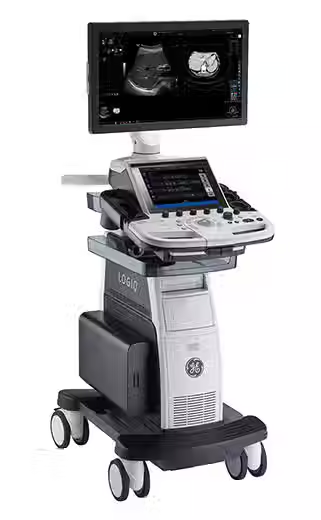


3D/4D Sonography
A USG, also known as ultrasonography is a medical imaging technique using ultrasound. It is used to create an image of internal body structures such as tendons, muscles, joints, lood vessels, and internal organs.
Ultrasounds are primarily sound waves with frequencies which are higher than those audible to humans (>20,000 Hz). Probes are used to make ultrasonic images, also known as sonograms, by sending pulses of ultrasound into tissue. The ultrasound pulses echo off tissues with different reflection properties and are recorded and displayed as an image.
TMU Diagnostic center is a fully automated and computerized diagnostic center with the latest and most modern equipment available today. We are dedicated to comprehensive, high-quality, rapid-response laboratory testing at affordable prices.
TMU Diagnostics offers a complete range of ultrasonographic procedures:
-
All USG Guided Fetal Procedures
-
Obstetric Doppler
-
Advance Fetal Echocardiography
-
USG Guided FNAC and Biopsy
-
Follicular Monitoring
-
Peripheral Doppler
-
All Routine Sonography
Benefits of 3D/ 4D Ultrasound
-
It uses high-frequency sound waves (obstetric ultrasound scan) not radiation hence it is safe.
-
It generates high quality and sharp images of internal organs of the fetus that help the doctor to understand things better.
-
The procedure of 3D/ 4D ultrasound is very simple and painless.
-
It is possible to experience the heartbeat and see the blood flow in the foetus.
-
It helps to detect birth defects or congenital anomaly in the foetus inside the womb.
-
It helps to capture the different stages of development of the fetus. Images of the fetus can be captured from different angles.
-
It gives an adorable experience to the parents that they will cherish for a lifetime
TMU Diagnostics Major Services in Sonography:
-
All USG Guided Fetal Procedures
-
Obstetric Doppler
-
Advance Fetal Echocardiography
-
USG Guided FNAC and Biopsy
-
Follicular Monitoring
-
Peripheral Doppler
-
All Routine Sonography
How to prepare for an USG?
-
Instructions for preparation will be shared at the time of the appointment, depending on the test prescribed
-
Carry your doctor’s prescription with you on the day of the test
-
It is also advisable to bring prior USG test reports, if any, on the day of the test